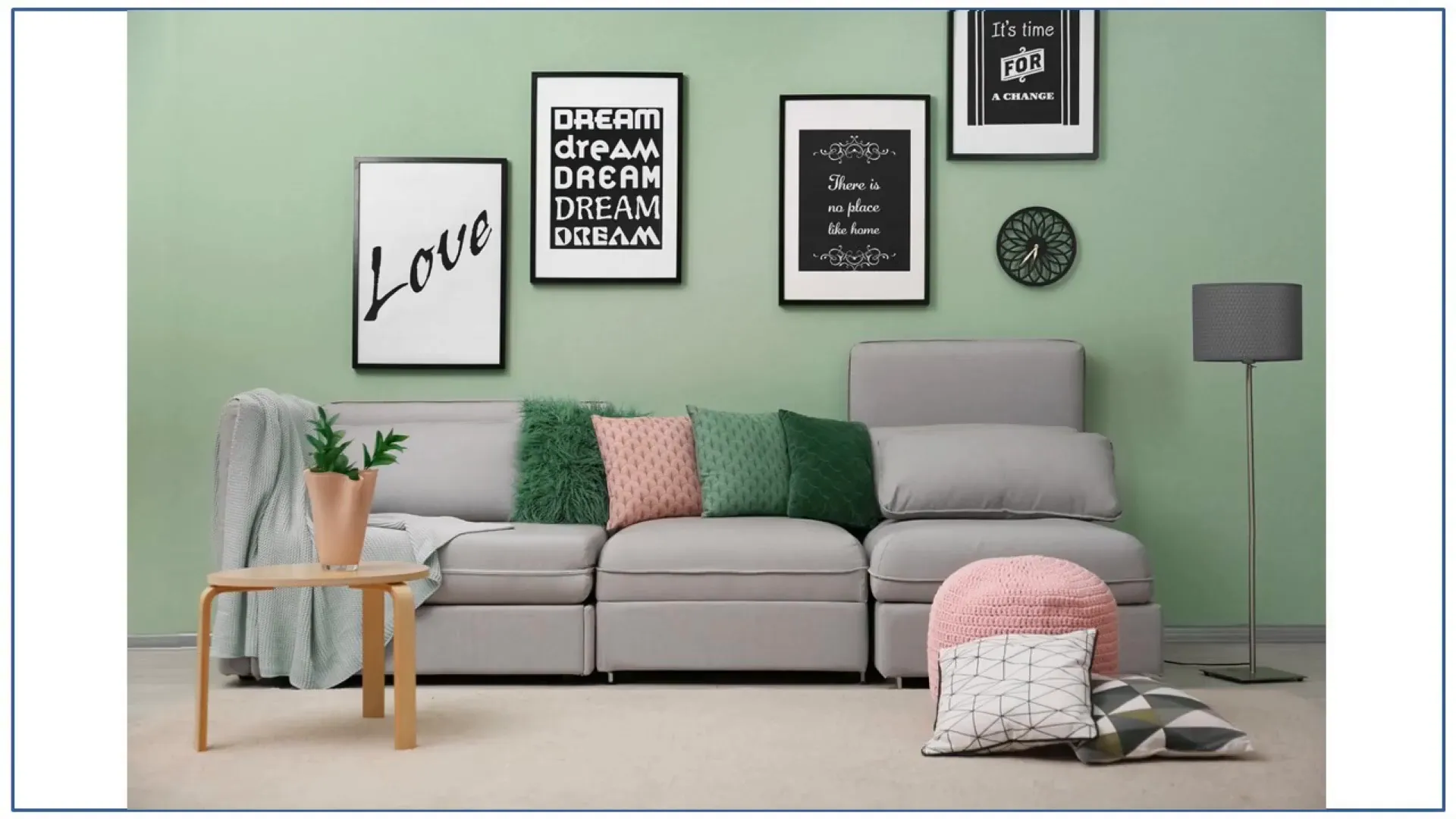How to Hang Artwork: Design Tips for Your Space 🎨
Hanging artwork can be one of the most impactful decisions in home design, yet it’s often done incorrectly. Knowing how to hang artwork properly can elevate your space and create a harmonious environment. In this blog post, we’ll explore the essential rules and guidelines for hanging both single pieces and collages. We’ll also discuss when it might be best to leave walls free of artwork. Let’s dive in!
- How to Hang Artwork: Design Tips for Your Space 🎨
- Step 1: Understand the Shape of Your Space 🖼️
- Step 2: Determine the Right Height to Hang Your Artwork 📏
- Step 3: Collages and Groupings 🎉
- Step 4: The Two-Thirds Rule 📐
- Step 5: Prioritizing Guidelines in Conflict ⚖️
- Step 6: Spotting Common Mistakes ❌
- Step 7: When to Leave Walls Free of Artwork 🚫
- Step 8: Recap of Key Guidelines 🔑
- Conclusion
- FAQ: Common Questions About Hanging Artwork ❓
- How to Hang Artwork
Step 1: Understand the Shape of Your Space 🖼️

The first rule of hanging artwork is to match the shape of the artwork to the shape of the wall space. This creates harmony in your design. For example, if you have a rectangular area above your sofa, hanging a rectangular piece of artwork in a landscape orientation will look best.
Consider the boundaries of your space; if there are bookcases or floor lamps, these can help define the shape of the artwork hanging area. For instance, if the wall space is rectangular but narrower due to the presence of furniture, a square piece may work better to fill that space.
Step 2: Determine the Right Height to Hang Your Artwork 📏

One of the most common mistakes in hanging artwork is positioning it too high. Ideally, the vertical center of the piece should be between sixty to sixty-six inches from the finished floor. This range is considered ‘eye level’ for most people.
This range allows for variations in artwork size and ceiling height. When hanging artwork over furniture, you may need to adjust the height slightly. The key is to find the right balance that looks good in your space.
Step 3: Collages and Groupings 🎉

When it comes to collages, the same height rule applies: the midpoint of the collage should also be between sixty to sixty-six inches. Additionally, pieces should be hung about two inches apart for a cohesive look. You can stretch this to three inches for larger pieces, but avoid going beyond five inches unless you only have a few items.
The best way to plan a collage is to lay the pieces out on the ground first. This allows you to experiment with different arrangements without damaging your walls. Once you’re happy with your layout, take a photo for reference when you start hanging them.
Step 4: The Two-Thirds Rule 📐

When hanging artwork over furniture such as a sofa or a bed, aim for the artwork to be roughly two-thirds the length of the furniture below it. This rule helps to create balance and proportion in your design.
Additionally, hang the artwork six to ten inches above the furniture to create a connected feel. If the artwork feels too low when following these guidelines, consider stacking additional pieces or choosing a taller artwork to achieve the desired proportions.
Step 5: Prioritizing Guidelines in Conflict ⚖️

Sometimes, you may encounter conflicting rules. For example, if the space above your fireplace seems to call for a large rectangular piece but the mantle disrupts the flow, prioritize the two-thirds rule. It’s essential to create a visual balance that respects both the shape of the wall and the furniture below it.
When in doubt, always consider the overall layout and how the artwork interacts with its surroundings.
Step 6: Spotting Common Mistakes ❌

Let’s look at some examples of artwork hung incorrectly. In this first example, the spacing between pictures is inconsistent, leading to a chaotic look. Instead, aim for a straight line with consistent spacing.
Another common mistake is hanging artwork too high over a sofa. Ensure it is within ten inches of the back of the sofa and wide enough to meet the two-thirds rule.
Step 7: When to Leave Walls Free of Artwork 🚫

Sometimes, less is more. Leaving walls bare can create negative space, which is particularly effective in modern or contemporary designs. For instance, if you have a stunning light fixture or a beautiful view, consider leaving the wall behind it free of artwork to draw attention to those features.
Additionally, if you have a striking architectural feature, like paneling or a bold paint color, adding artwork might detract from its impact. In such cases, allow the architectural elements to shine on their own.
Step 8: Recap of Key Guidelines 🔑

To summarize:
- Match the shape of your artwork to the wall space.
- Hang artwork at a height of sixty to sixty-six inches for optimal eye level.
- For collages, keep the midpoint at the same height and space pieces two to three inches apart.
- Use the two-thirds rule for artwork hung over furniture, with six to ten inches of clearance above.
- Don’t hesitate to leave walls bare when it enhances the design.
Conclusion
Mastering the art of hanging artwork is an essential skill for elevating your home design. By following the guidelines outlined in this blog, you can create a harmonious and visually appealing environment that reflects your personal style. Whether you’re hanging a single statement piece, curating a collage, or choosing to leave walls bare for a minimalist touch, these tips ensure your artwork complements your space beautifully. So grab your tools, get creative, and transform your walls into a gallery that inspires and delights! 🎨✨
FAQ: Common Questions About Hanging Artwork ❓
What if my ceiling is very high? How should I adjust the height? 🤔
If you have high ceilings, you might need to adjust the height slightly higher than the sixty- to sixty-six-inch range. Visual balance is key, so hang it in a way that feels natural in your space.
Can I mix different styles of artwork in a collage? 🎨
Absolutely! Just ensure there’s a unifying theme, whether it’s the frame color, the type of artwork, or the overall aesthetic.
How do I know if my artwork is too small for the space? 📏
As a rule of thumb, the artwork should fill at least half to two-thirds of the wall space above furniture. If it feels lost or overwhelmed by the wall, it’s likely too small.
Is it okay to use Command hooks for hanging art? 🛠️
Yes! Command hooks are a great renter-friendly option for lightweight pieces. For heavier artwork, consider using more robust hanging methods.
What if I want to create a gallery wall? 🖼️
Start by laying out your pieces on the floor to find a layout you love. Then, hang the largest piece first to establish the center point and work outward from there.


